Make skin look perfect in one-click with these AI-powered Photoshop actions.
To be honest, color is a huge subject of its own that no post or a dozen can give justice to. However, we are going to be looking at the fundamentals of color that can assist us to better understand how we can make the best of it in our photos, and how to utilize it to convey the intended emotional and perceptual responses of our photos.
LIGHT AND KEY
One important element that supports a successful composition is contrast, and most importantly tonal contrast. Tonal contrast is the difference between the highlights and the shadows in a photograph. The greater the difference, the more contrast a photo is said to have. Tones in between are known as the midtones,and are where most information in a photo lies.
That said, light and dark areas in an image strongly contribute to the feel and mood of it. When the photo is mostly dark, favoring shadow tones, it is low key. When a photo is mostly bright, favoring light tones, it is high key. Maximum contrast demands more or less equal areas of black and white.
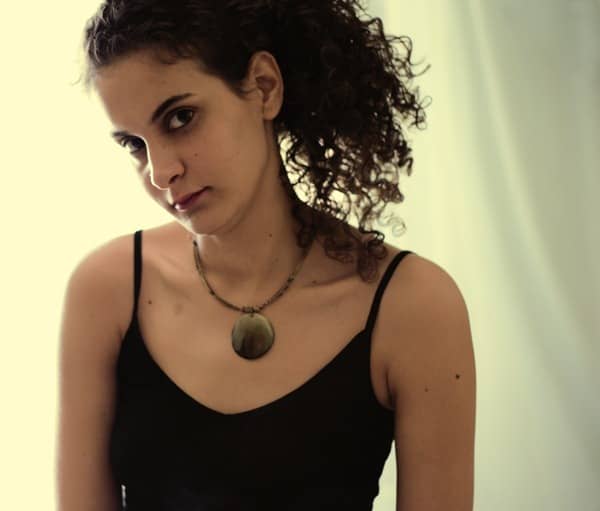 Photo by Diana Eftaiha
Photo by Diana Eftaiha
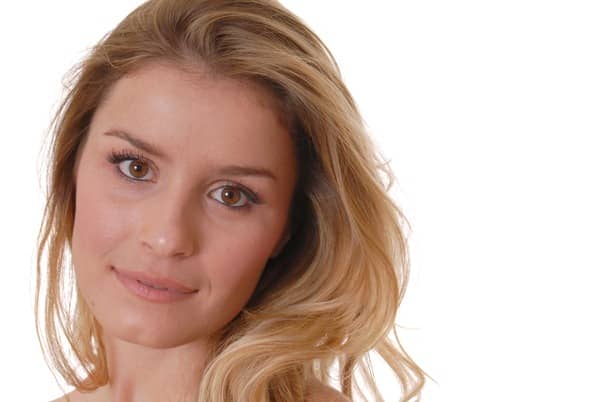 Photo by Paul Moore
Photo by Paul Moore
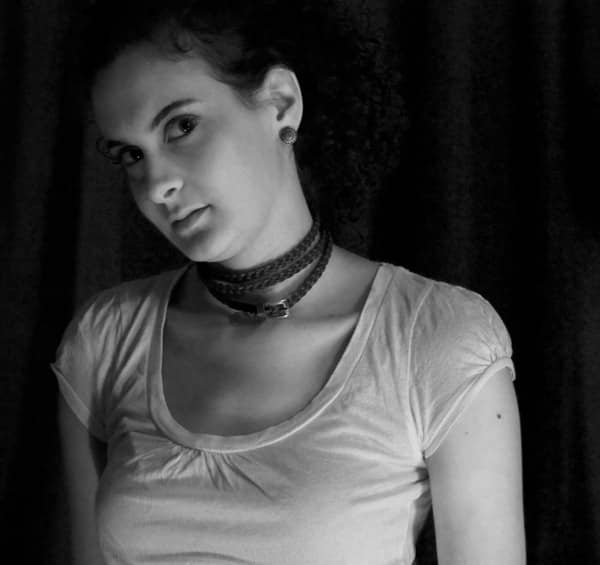 Photo by Diana Eftaiha
Photo by Diana Eftaiha
The level of brightness (key) in an image differs in monochromatic photos from that in color photos. High key is generally harder to achieve or be accepted in a color photo, mainly because of the realism of color photography. When a color photograph is high key, sometimes it’s conceived as being over-exposed or washed out.
Exposing your photo for the highlights (making sure you record the brightest tone in the scene having it just touching the right side of the histogram with no clipping occurring, regardless of the state of the shadows in the photo) adds contrast to a photo and causes colors to appear more saturated and intensified. Sometimes if shadows become much under exposed, ambiguity masks the photo which might give it appeal and create drama under the right circumstances.
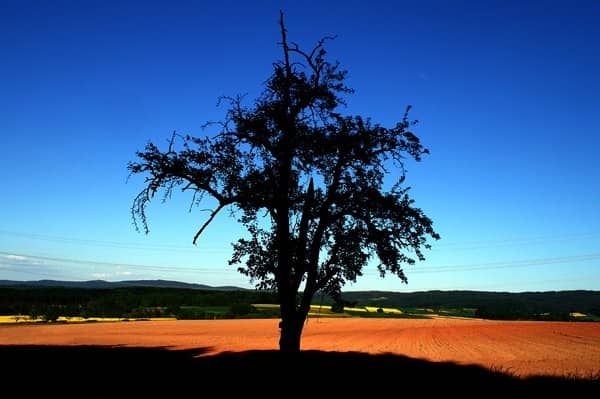 Photo by Yoyo1972
Photo by Yoyo1972
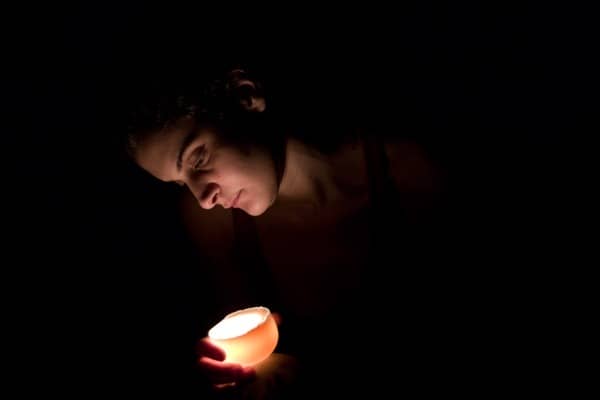 Photo by Diana Eftaiha
Photo by Diana Eftaiha
THE REMBRANDT LIGHTING TECHNIQUE
Rembrandt lighting is a technique used in photography and cinematography to create distinct areas of light and shadow in a photo, giving it mood and compelling emotion. It is distinctly used in studio portrait photography, and is achieved by having one side of the subject well lit while the other side underexposed evoking the emerging interactions between light and shadow to create appeal.
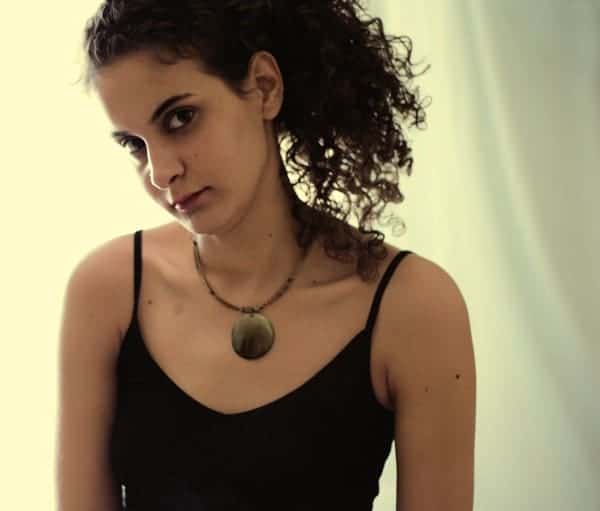


5 comments on “Introduction to Composing with Light and Color”
merci
good
Good tips and guide ... Thanks
Thank you for writing this up but there's some visual layout errors in this article.
Thanks Heather! The page has been updated.